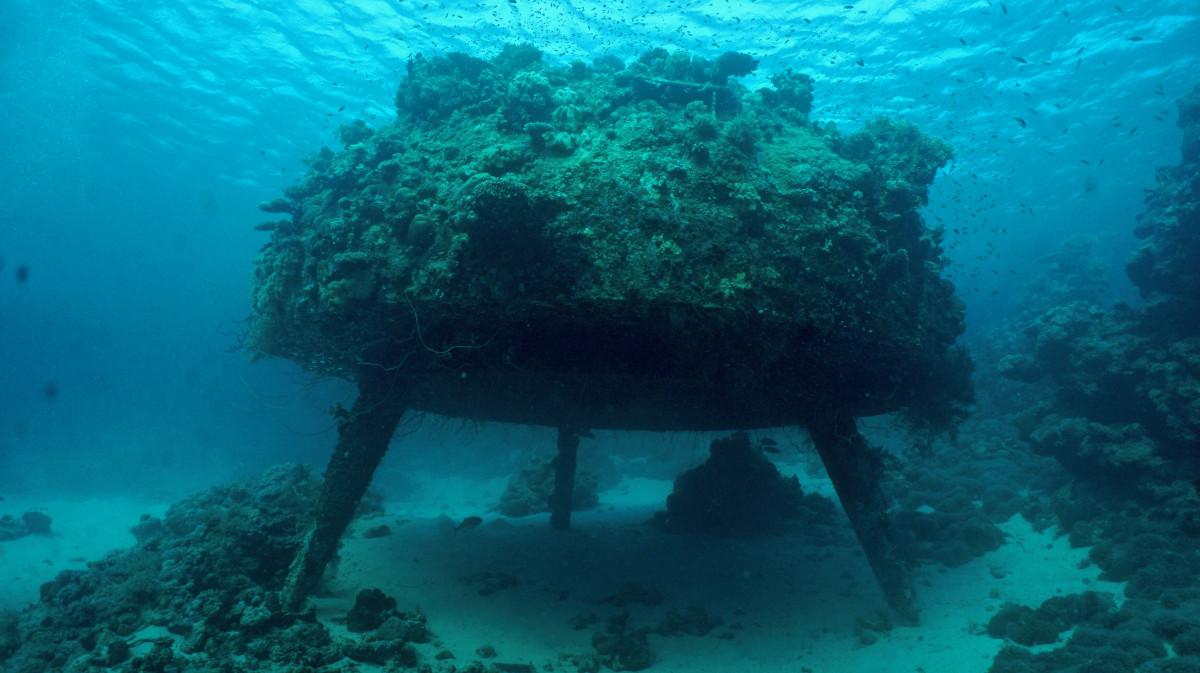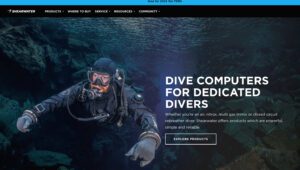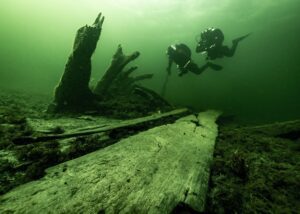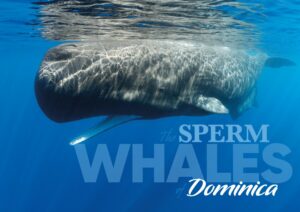Sudan was one of those iconic, never-to-be-forgotten trips for Mark Evans back in 2007, but would it live up to his high expectations on a return visit 12 years later?
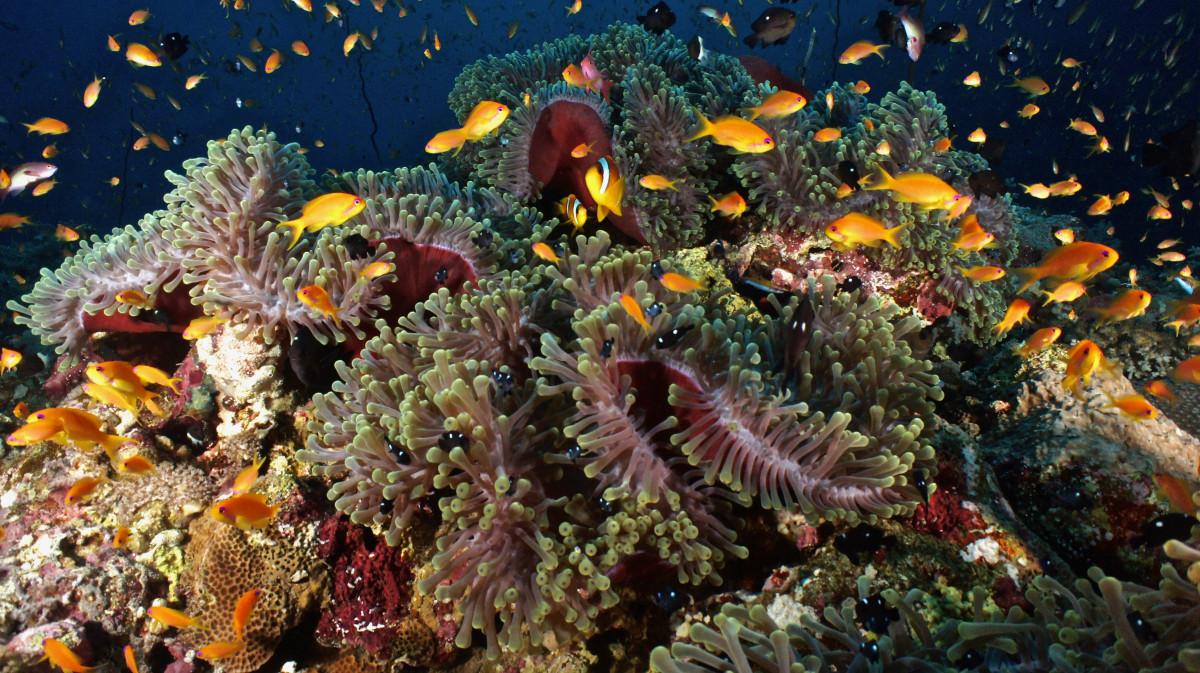
Sharks. Lots of sharks. Lots of different species of sharks. That is what I remember from my inaugural trip to the iconic Sudan way back in 2007. During a two-week stint on the Royal Evolution, we encountered more than ten different species, including grey reef sharks, whitetip sharks, hammerhead sharks, silky sharks, silvertip sharks, thresher sharks, oceanic whitetip sharks, and best of all, a monster four-metre tiger shark on no less than four occasions.
So when Jim and Cary Yanny from Diverse Travel invited me to join them on a week-long trip into Sudanese waters, I jumped at the chance. Of all of the assignments I have been on in 20-odd years of dive magazine editing, that Sudan trip was one I longed to repeat.
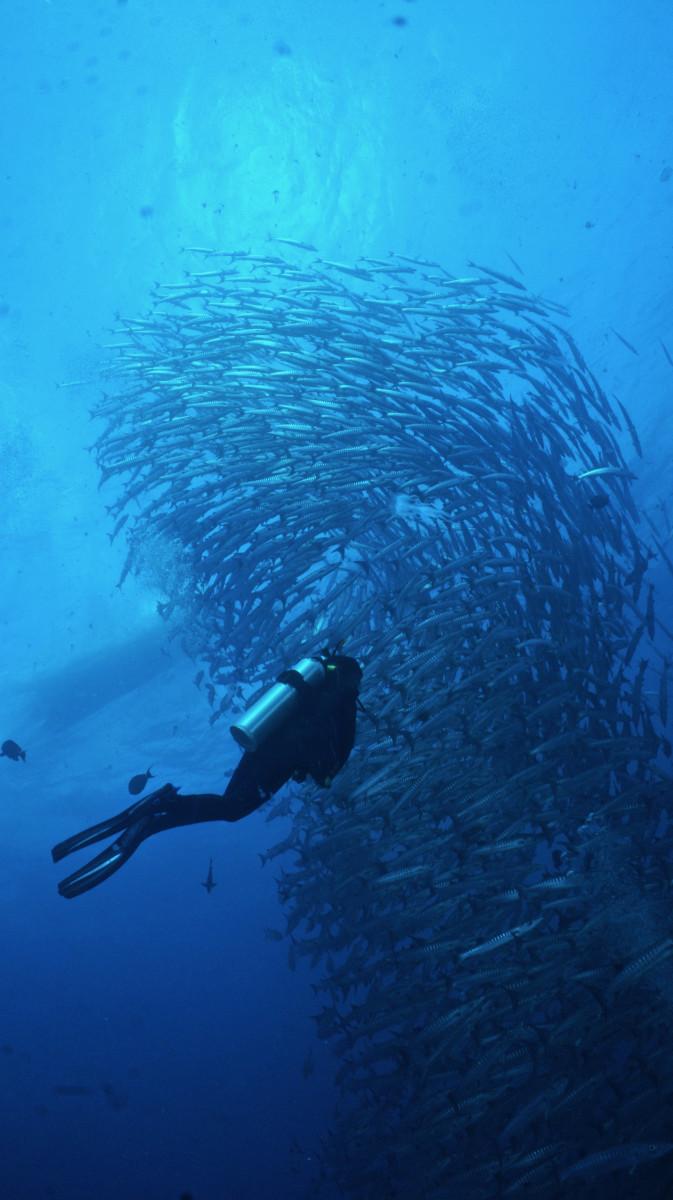
Things started positively. Our vessel for the week, MV Oceanos, was spacious and well-presented, and the weather was good. A little breezy, but nice and warm, and the water was teetering around the 25 degrees C mark. Our itinerary was called Mythical Sudan, and over the course of a week, we’d be taking in sites both north and south of our start/finish point of Port Sudan.
After a quick check-dive at Sha’ab Umbria, we headed north to the famous Sha’ab Rumi, home to the remnants of Precontinent II, but more about that later. Sha’ab Rumi also has two stunning plateau dives at the north and south ends of the reef. On my last visit, the north plateau was swarming with chunky grey reef sharks, probably more than 60-70, and on four of five dives in this area we got up close and personal with the huge tiger shark, so to say I was looking forward to these dives was a bit of an understatement.
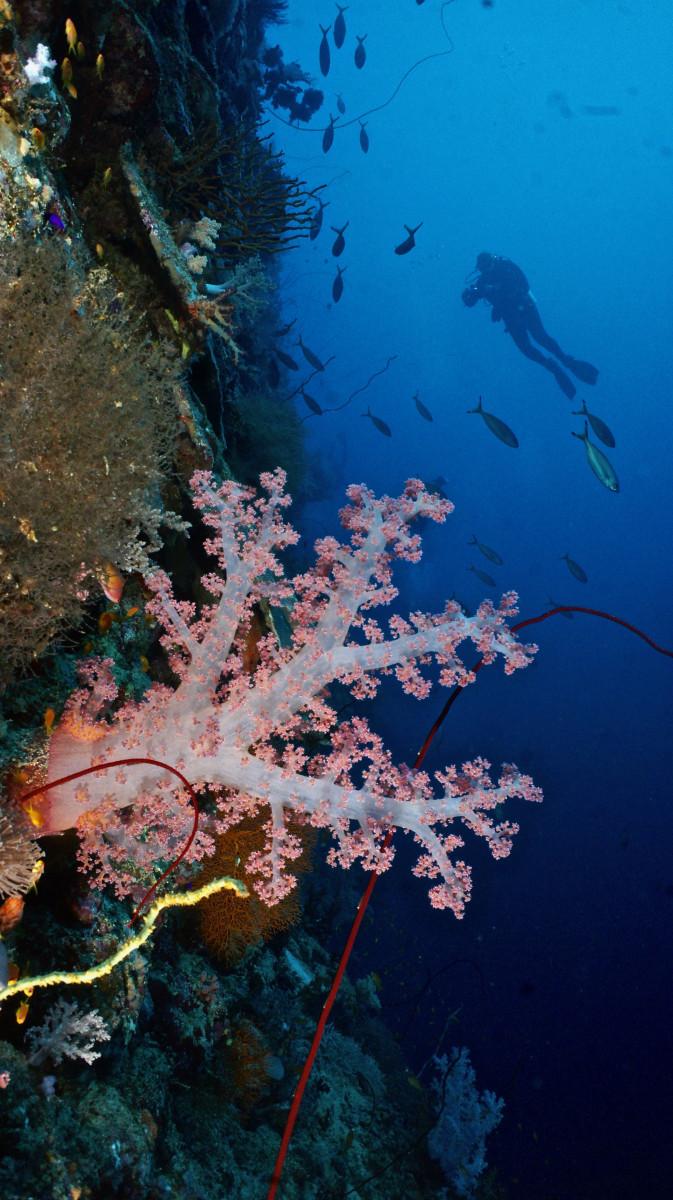
So you can imagine my disappointment when we rolled off the RIB and dropped down to the plateau and there was not a single shark in sight. Not one. The stunningly pristine soft and hard corals, with their array of reef fish inhabitants, were all present and correct, but there were no sharks, or any other big fish, like trevally or tuna.
Okay, so a minor blip, they’ll be there on dive two. No. And neither did they put in an appearance on dive three. I just couldn’t understand it. I was expecting the shark numbers to be less, but to not see anything on three consecutive dives on a reef known for shark encounters was mystifying. The reefs are truly amazing, and just awash with colour and fish life, so the dives were still enjoyable.
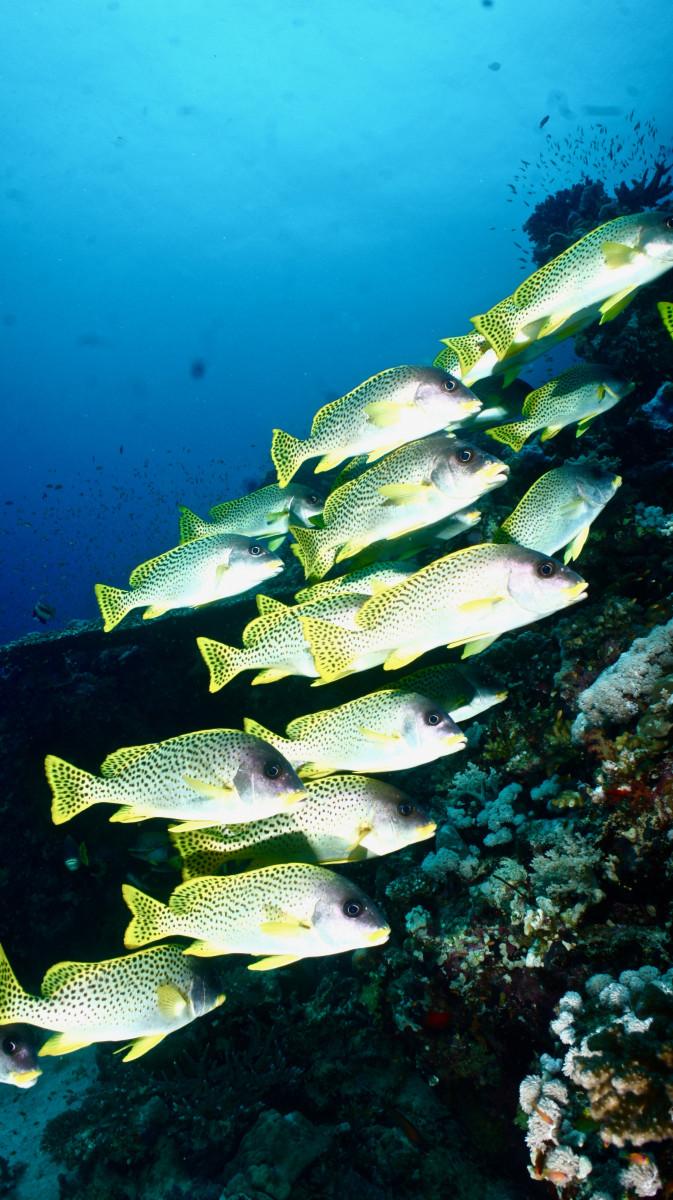
Next we headed to Sanganeb, which is similar to Daedalous in that it is dominated by a Victorian lighthouse at one end. This vast reef offers numerous dive sites, and again is a shark hotspot. In 2007 it offered large groups of hammerhead sharks, so I thought this would be the one to break our shark duck. No, wrong again. We hung out in the blue seemingly endlessly and to no avail – we were out of (shark) luck.
After two damp squibs on the shark front, we journeyed south to the Suakin Reef system. This was totally new to me, as we didn’t get any further south than Port Sudan on my 2007 trip. Here we dived the reefs of Pinacolo, Jumna, Logan and Ambar. Finally, we did see some sharks, but only a handful, and worryingly, the first one we saw was a lone large grey reef sharks with a shiny fresh hook in its mouth and about five metres of monofilament streaming behind it. Had a long-liner cruised through Sudanese waters and taken out all of the sharks and the larger fish?
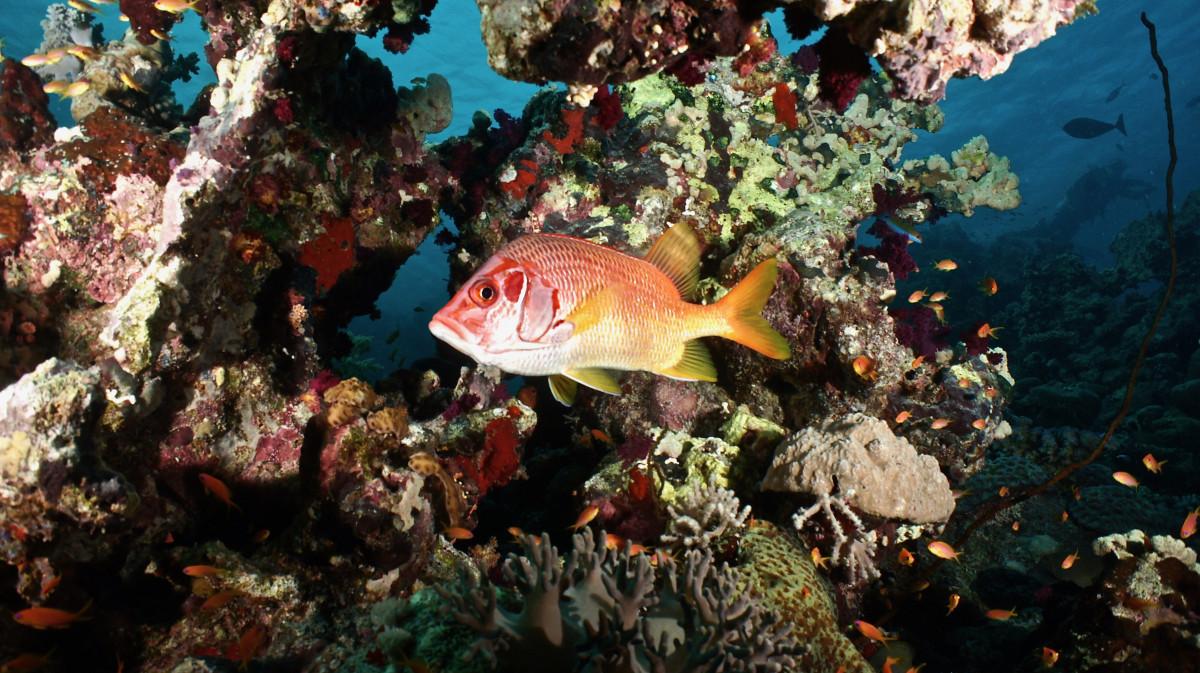
These four reefs offered vibrant corals, sheer walls, all manner of the usual Red Sea suspects, such as bannerfish, pufferfish, angelfish, surgeonfish, snapper, grouper, fusilier, moray eels, lionfish, the ubiquitous anthia and scorpionfish. We briefly spotted a couple of grey reef sharks, a few hammerheads and enjoyed some shallow-water flypasts from juvenile silky sharks, but with the lack of sharks, other fish stepped into the limelight. We were enveloped in a swirling vortex of barracuda, unlike anything I had seen in the Red Sea before apart from during breeding season on Ras Mohammed.
Thankfully, as well as having most of the dive sites to ourselves, and them absolutely teeming with marine life – other than bloody sharks! – Sudan had two aces up its sleeve that more than made up for the lack of ‘men in grey suits’. The remnants of Precontinent II, and the shipwreck of the Umbria.
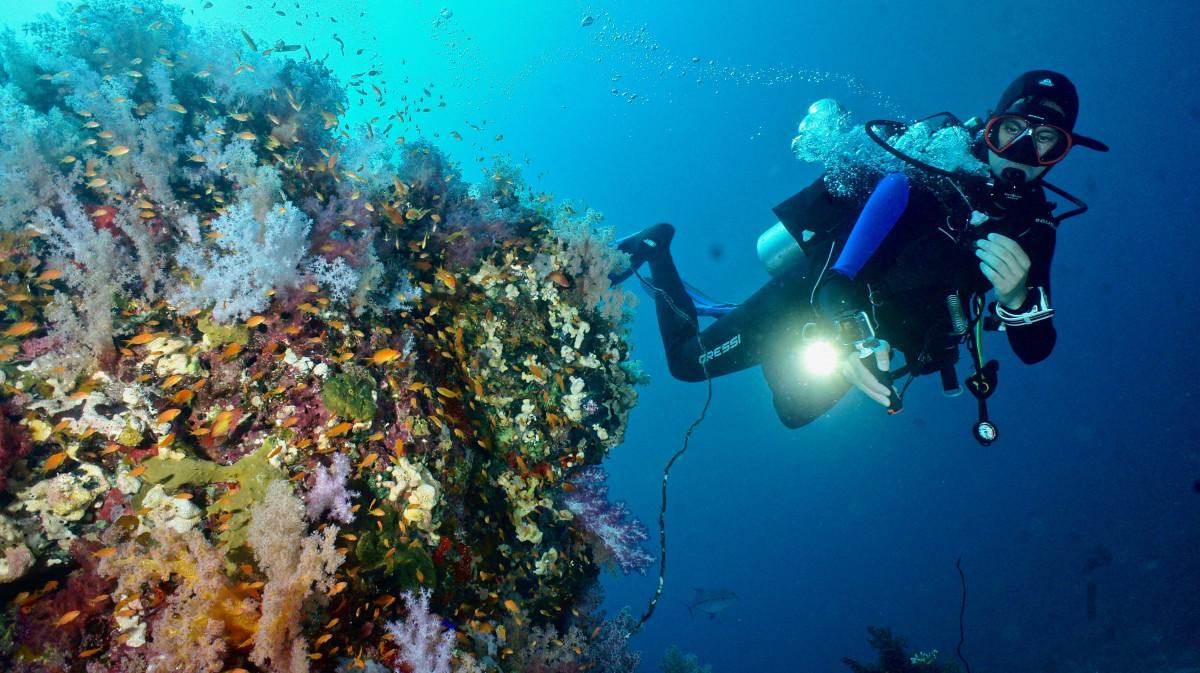
Precontinent II (also known as Conshelf II)
At Sha’ab Rumi, you get the opportunity to really dive into history, and explore something put on the seabed by the legendary Jacques-Yves Cousteau himself!
The Precontinent experiments – named after the French word for ‘continental shelf’ – was an attempt at creating an environment in which people could live and work on the sea floor. Precontinent I, which was based off Marseille in France, saw two scuba divers spend two weeks in a small chamber at 12m in 1962, but for Precontinent II in Sudan, the stakes were raised.
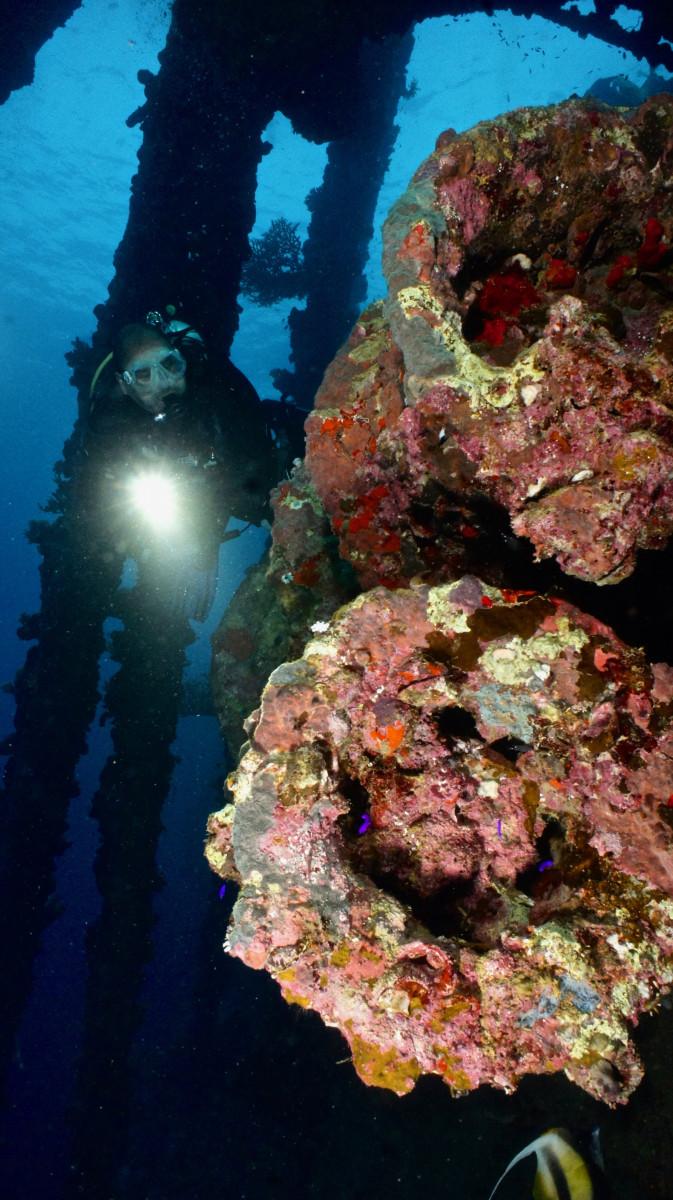
In 1963, eight ‘oceanauts’ (and a parrot named Claude) lived at 10m on the reef for 30 days. Their home for this period was a starfish-shaped habitat, and other structures included a submarine hangar for the two-man submarine Hydroject Saucer DS-2, and a ‘deep cabin’, a smaller version of Precontinent I, which was situated down at 27m and was home to two of the divers for a week.
This was a massive undertaking, and air, water, food, power and other essentials were supplied from a surface support team on the iconic Calypso and a cargo ship Rosaldo, which were anchored at the reef and regularly made runs to Port Sudan, a mere 35km away.
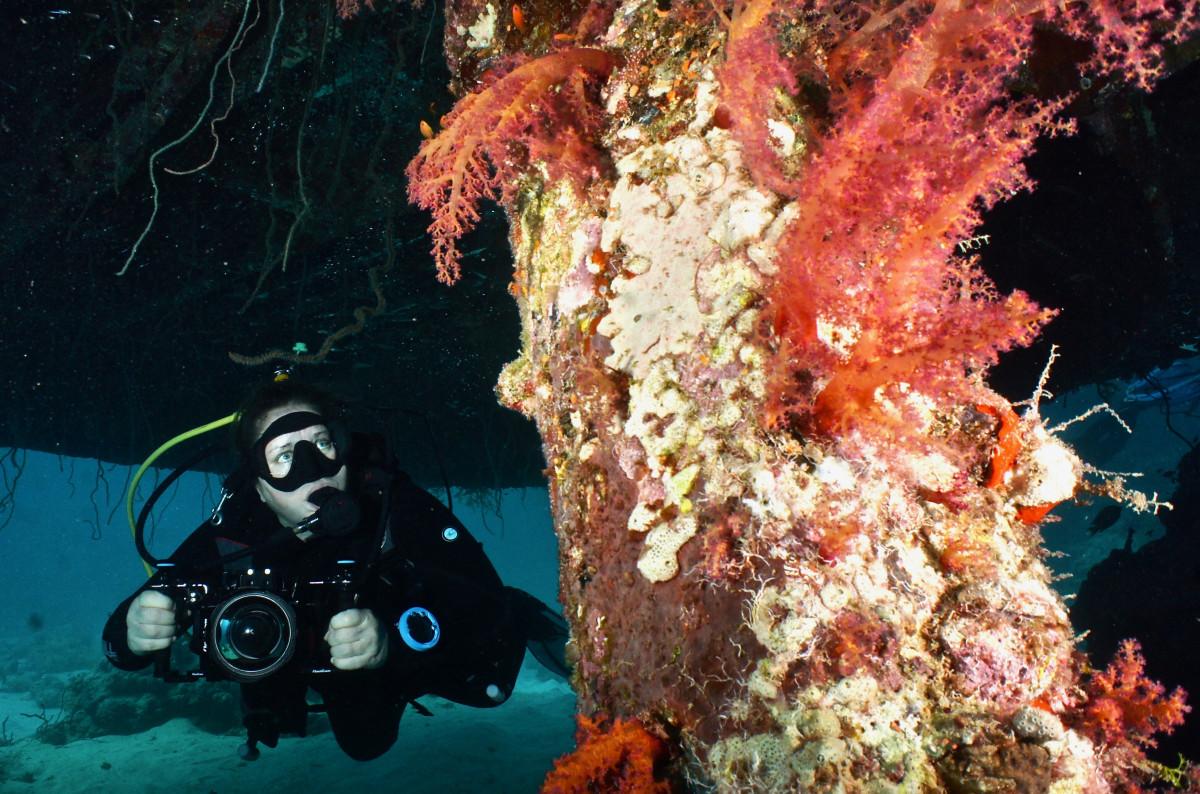
It was part-funded by the French petrochemical industry, who hoped that such ‘colonies’ could potentially serve as ‘base stations’ for future undersea operations, but after being involved in Precontinent III in the Mediterranean a few years later, Cousteau withdrew his support and channelled all of his efforts into marine conservation.
At the end of the experiment, the main habitat and deep cabin were removed, but a few tangible reminders of this ground-breaking remain, namely a couple of fish cages, a tool shed, and the urchin-shell-shaped hangar for the saucer-shaped submarine.
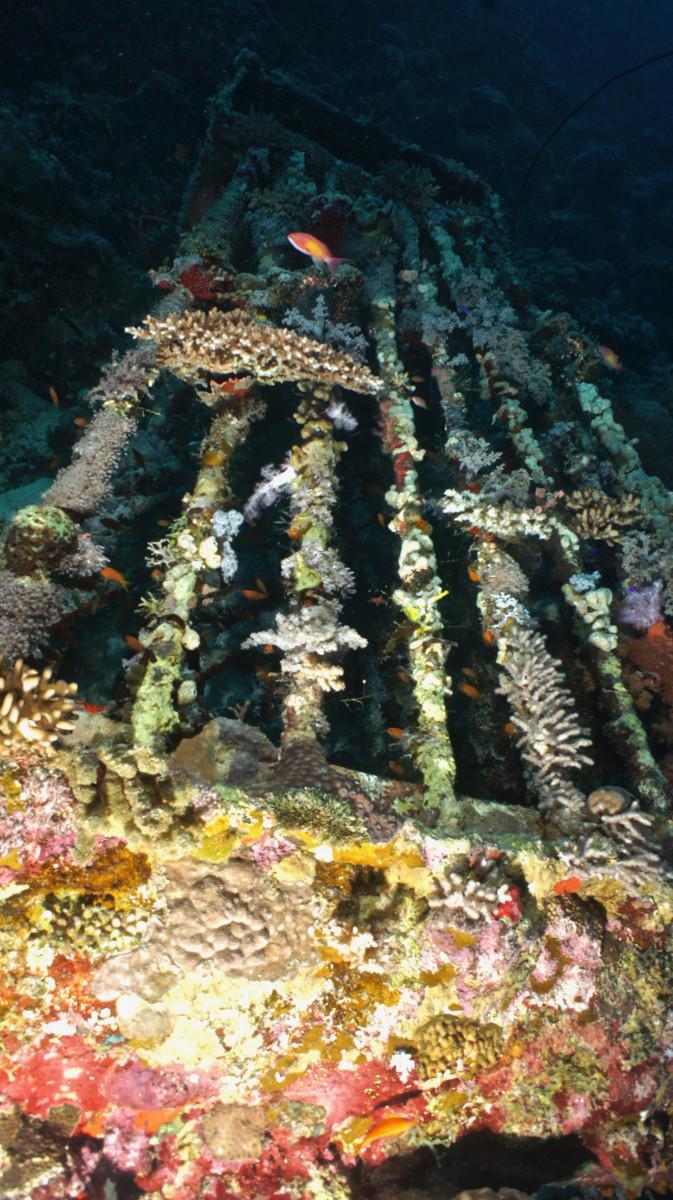
The fish cages – one around on the plateau of Sha’ab Rumi, the other deeper down the wall below the other structures – are heavily encrusted with coral growth, as to some extent is the small tool shed, a low-lying construction in the shallows which resembles a Toblerone chocolate bar.
These are great to see – you really are going back in time – but the highlight is undoubtedly the hangar. Perched on legs, it looks like a giant urchin shell, and even after this amount of time underwater, it is still in remarkably good shape, and doesn’t have too much coral growth on the outer ‘shell’. The legs are draped in soft corals, but if you are careful, you can swim underneath and swim up inside, through a grated floor, and into an air pocket. It is always bizarre to ‘surface’ when you are still several metres underwater – and I wouldn’t recommend breathing the trapped air!
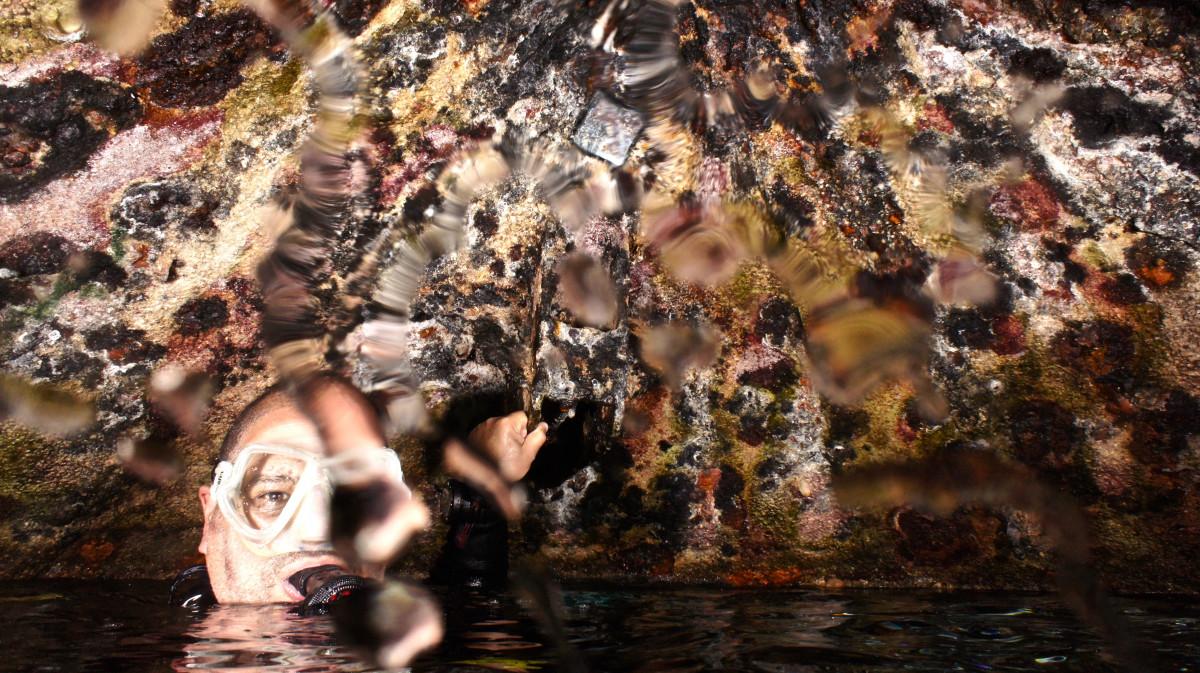
The shallow reef around the Precontinent II is okay, but nothing to shout about, while the nearby wall is more colourful and filled with marine life, but this dive is all about the remaining structures of this experiment. You probably won’t want to dive it more than once on your trip, but I guarantee that one dive will stay with you forever.
The Umbria
During World War Two, the Red Sea was an important trade route linking Europe to colonies in Africa and India. On 3 June 1940, the Umbria visited Port Said in Egypt, which at the time was under British control. The Italian cargo ship was enroute to the Italian colony of Eritrea and was carrying 6,000 tons of bombs, 600 cases of detonators, 100 tons of various weapons, over 2,000 tons of cement, and three Fiant 1100 Lunga cars.
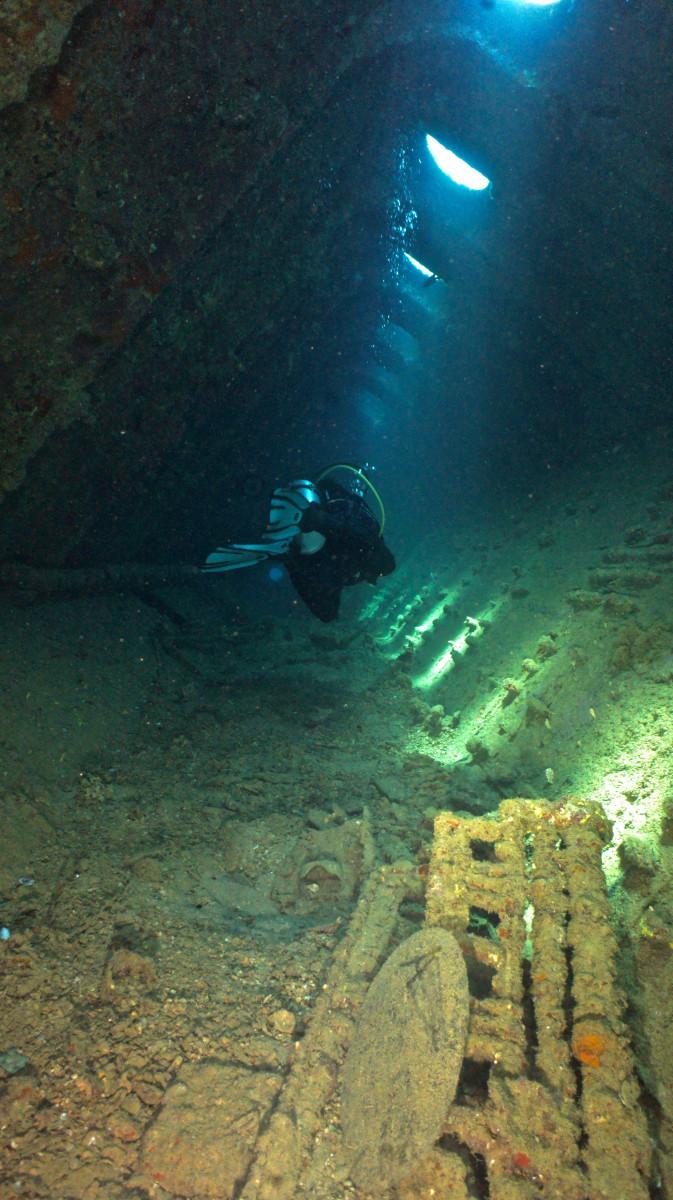
Although Italy was expected to enter the war, at that moment it was technically neutral and had every right to transport weapons such as these, so she was allowed to continue on her journey three days later, with the escort of HMS Grimsby.
Three days after that, on 9 June, as she entered Sudanese waters, she was intercepted by HMS Leander and forced by the two navy ships to anchor at Wingate Reef, just north of Port Sudan, under the pretext of searching for contraband.
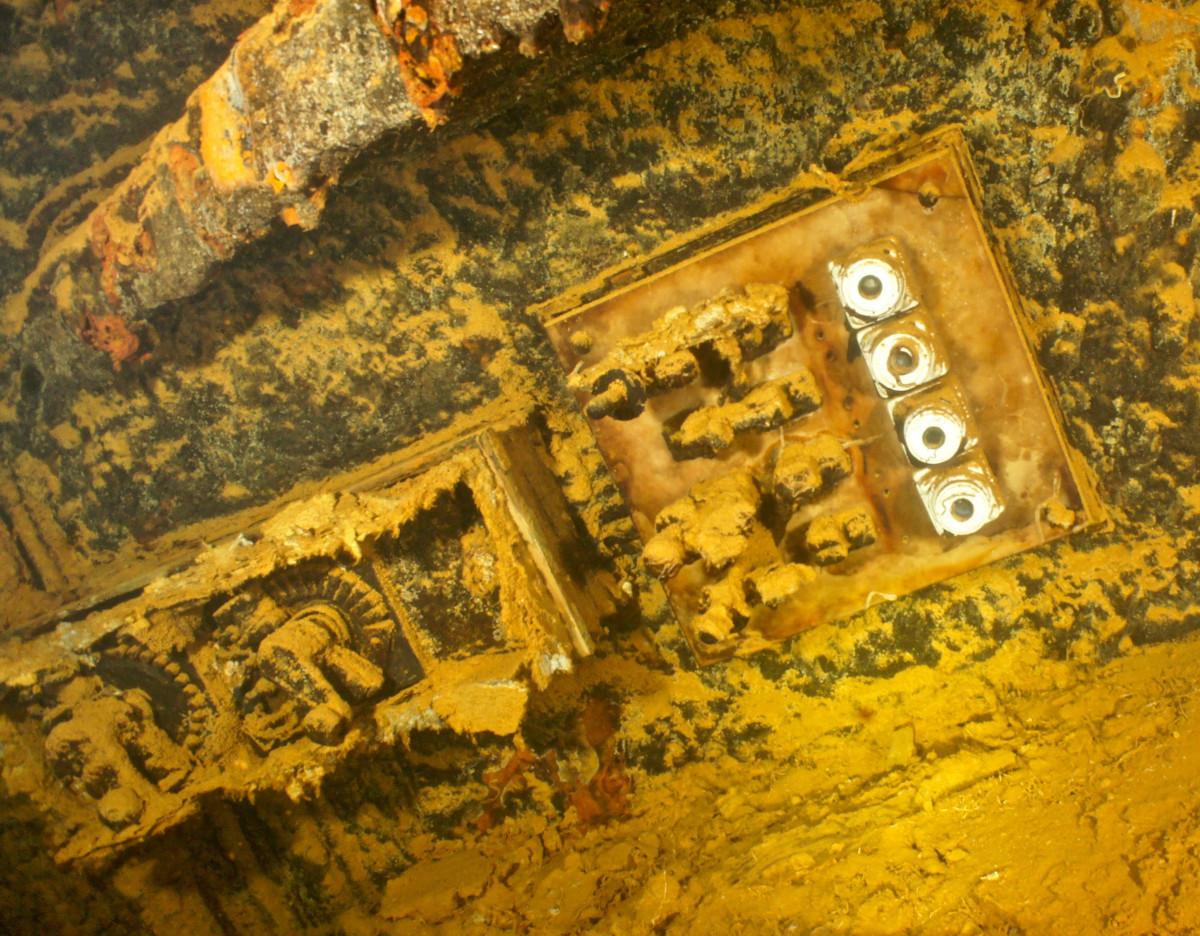
Not long after this, the captain of the Umbria, Lorenzo Muiesan, heard on the radio that Italy had, indeed, joined the war on the side of Nazi Germany. Not wanting to let the ship – and its valuable military cargo – fall into the hands of ‘the enemy’, the next morning he asked the British guards for permission to conduct a muster drill, and with the assistance of his crew managed to scuttle the ship. The captain and crew were subsequently shipped to India and detained in prison for four years.
The 155-metre-long, 10,000-ton vessel – she is far bigger than her more-famous Egyptian neighbour Thistlegorm – now lies fully intact at a 60-degree angle on its port side with a maximum depth of 38m, and the upper sections reaching to within just 5m of the surface, making it the ultimate playground for wreck divers.
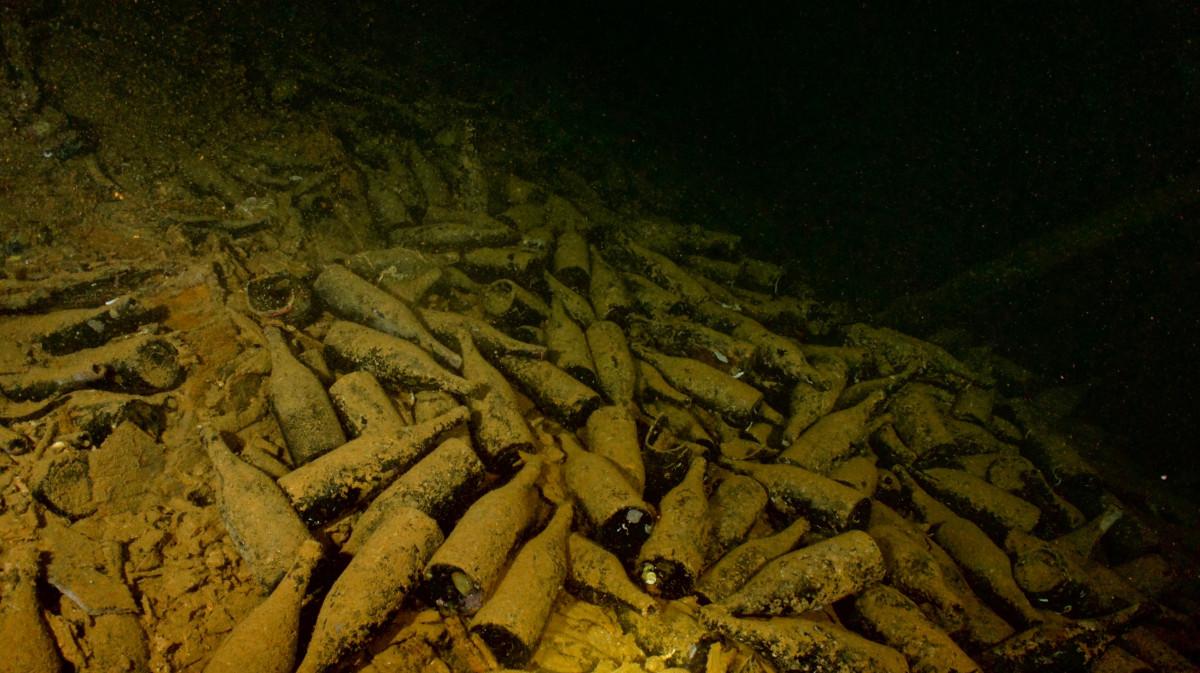
The three enormous holds can be easily explored, with plenty of ambient light through the open tops and through the endless rows of portholes. The 360,000 aerial bombs are stacked up much as they were when it sank, with a few ominously slid forward half a metre or so, and create a feature you will never see anywhere else.
Another hold is chock-full of intact wine bottles, now sadly empty, but not smashed as are the collection on the Carnatic on Sha’ab Abu Nuhas in Egypt. Then there are roll after roll of electrical cable, wooden boxes, storage jars, airplane engine cowlings, and more.
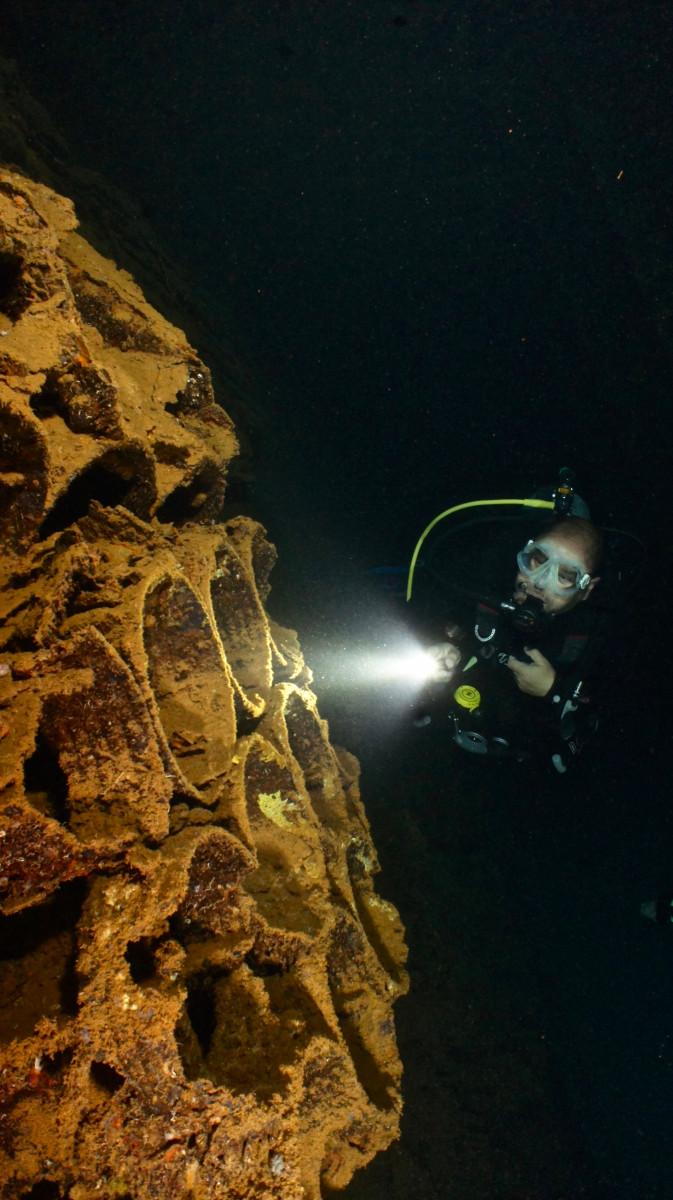
Once you have orientated yourself to the Umbria and done a couple of dives to get over the sheer size of the thing, you can start to really explore, and that is when you find cargo like the three Fiat cars, nestled side by side where they slid when the ship went down. They are slowly rusting away, but still in remarkably good condition overall – you can see dials, steering wheels, headlights, tyres, seats, even the glass in some of them.
If you are comfortable in confined spaces and suitably trained, it is well worth venturing further into the superstructure, either as a buddy team or following the guide from your boat. You will go through corridors lit by light streaming through portholes, the dining room with the remnants of tables and chairs, the kitchen with its tiled floor, pizza ovens and dough mixer, and the engine room with its massive engines, switch gear, lathe and generators.
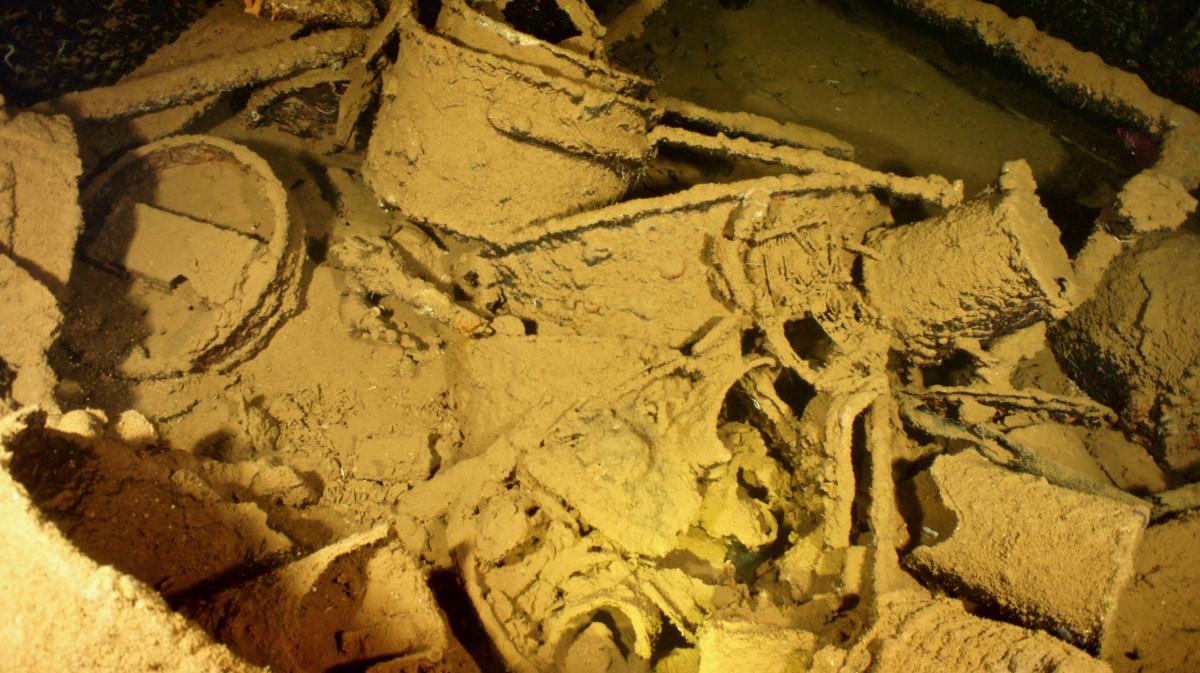
It has often been said that if the bombs inside the Umbria detonated, they would destroy Port Sudan 29km away! Now I am not sure if this holds true anymore, having been submerged nearly 80 years, but needless to say, the old adage ‘look but don’t touch’ definitely needs abiding by!
Whether we had just hit a bad week, caused by the water temperature being higher than usual, or if a long-lining boat had indeed done a hit-and-run in Sudanese waters, who knows, but I was mightily disappointed at the lack of shark action. After my trip in 2007 was characterised by intense encounters on almost every single dive, in my head I was envisaging much the same this time around.
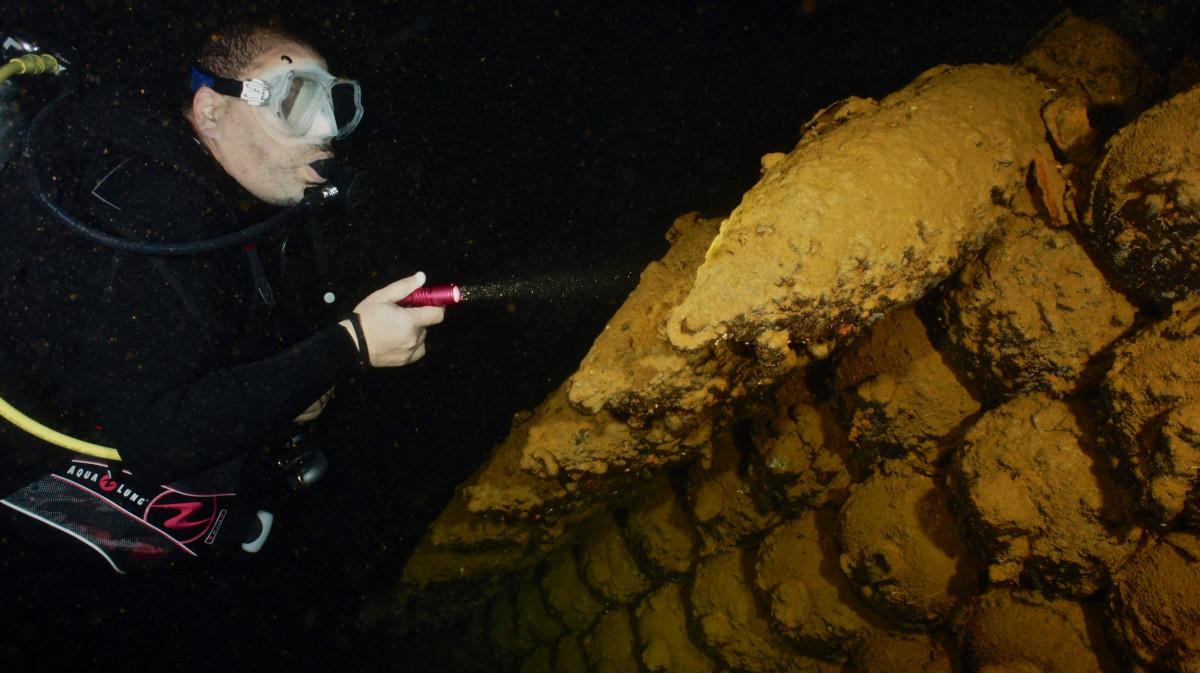
However, on a happier note, I have seen some images from more-recent trips to the exact same reefs, and these all feature hammerheads, grey reef sharks, silky sharks, and more, so I’d like to think that we had a freak week and it is now back to something more like I remembered it.
Thankfully, the Precontinent II and especially the Umbria more than made up for the lack of sharks. The Precontinent II is a real ‘dive into history’ and worth chalking up in your logbook, but for me, the real star of the show is the Umbria. This massive ship is without a doubt one of the best wreck dives in the world, and I could quite happily have spent a week just diving it repeatedly! There is literally endless amounts to see and explore.
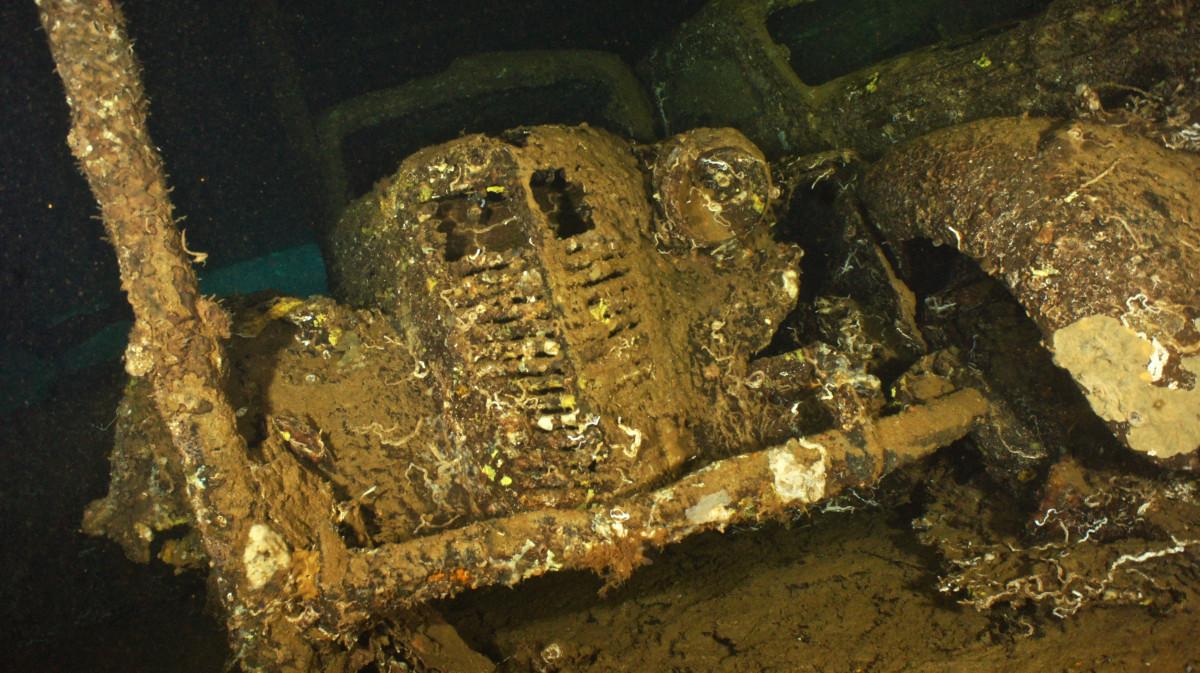
Sudan might border Egypt, but getting there is more of a chore than simply jumping on a direct flight from the UK. However, if you are adventurous and prepared to put up with the extended travel time via Dubai, Sudanese waters give you a glimpse into what the Red Sea was like before hordes of tourists arrived. With literally just a handful of liveaboards operating out of Port Sudan, you can be certain that you won’t find yourself on an overcrowded reef, and in fact, we generally only saw other divers on the Umbria, and a couple of the ‘must-dive’ reefs.
Photographs by Mark Evans
Want to read about more great places to dive?
Top 10 Best Dive Sites in the World, Editor in Chiefs Pick
